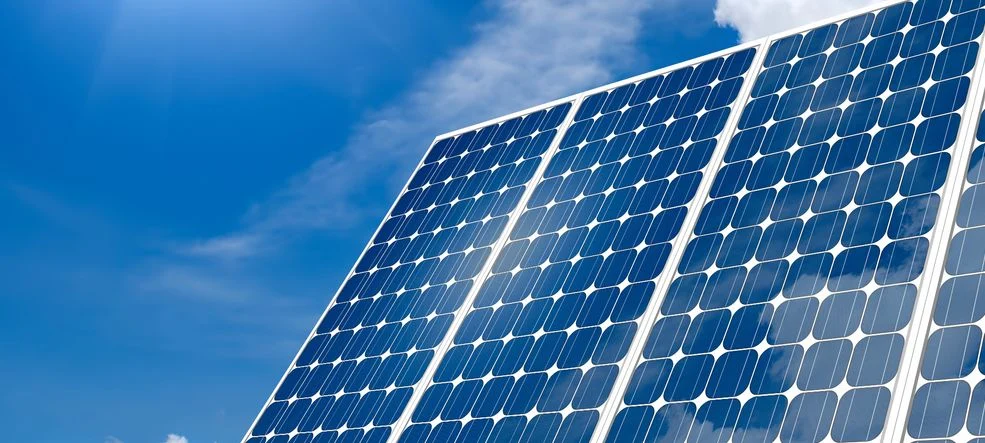PLANS for Swansea Council’s first ever solar farm have been unanimously approved.
A total of 5,500 panels will be installed on 11 hectares of land at the former Tir John landfill site, Port Tennant. Electricity generated by them will help power a wastewater treatment works a mile away.
The three-megawatt development will occupy a third of Tir John, which stopped accepting black bag waste last year. This section of the site has been capped and grassed over.
Councillors asked if local residents would benefit directly from the solar farm, and were told by a planning officer that they wouldn’t. But the officer said the electricity sold to Welsh Water for use at its treatment works at Crymlyn Burrows, across Fabian Way, would bring in a source of council revenue.
He added that the scheme would contribute towards the council’s ambition to be “net zero” by 2030, which means cutting greenhouse gas emissions and offsetting the remainder. The Welsh Government, meanwhile, wants 70% of Wales’s electricity to be from renewable sources by 2030. “There is strong political support,” said the officer.
It’ll take around six weeks to install the solar panels and they’re expected to last 40 years. The planning officer said the nearest houses were 300 to 400 metres away and that there was not considered to be a detrimental landscape and visual impact.
A glint and glare assessment found that solar reflections were possible for 53 properties but that the impact would be minimal due to the terrain and existing screening.
The planning report before the committee said there was a high risk of unexploded bombs due to the level of bombing at the nearby docks during the Second World War, but it was considered that any such ordnance would have been discovered because the land had already been dug up to accommodate rubbish.
Longer term the council wants to use all of the land at Tir John for solar panels. The electricity generated by the expanded solar farm could potentially be used to generate hydrogen to power hydrogen buses.


















